7 Ways to Get Your Garden Buzzing With Bees
Posted on 20/10/2020
How to Bring Bees Buzzing into Your Garden
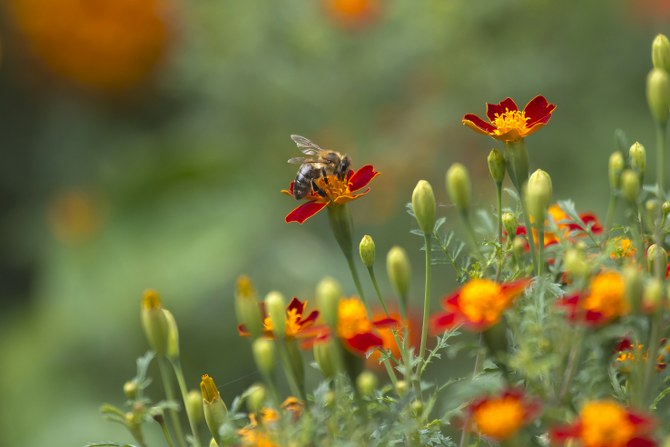
Bees are known for producing delicious honey, but this is not their most important role. These busy and hard-working bugs are the planet’s best pollinators. By collecting nectar from the blooming flowers, they disperse the pollen grains, allowing the fertilization of plants. Many common garden crops rely on these insects to produce fruit and seeds, with native bees being the best pollinators among their specie.
Unfortunately, both honeybees’ and native bees’ colonies are experiencing a decline due to habitat loss and use of pesticides. You can provide these beneficial insects with a safe haven and help your garden blossom by inviting them into your yard.
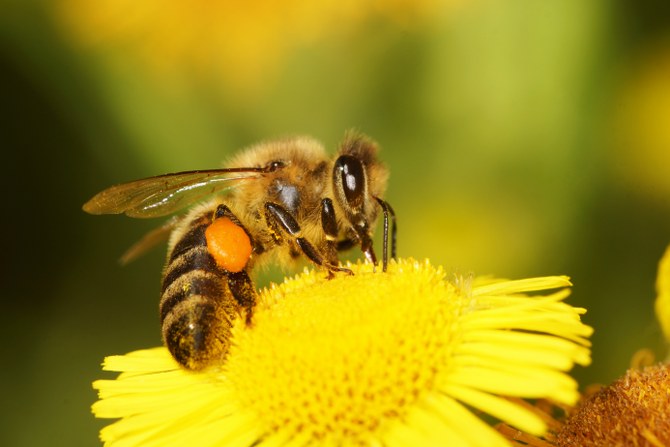
1. Know Your Bees
To create a suitable environment for your bees, you need to understand their needs. These bugs require plenty of nectar and a safe place to build their nests. There is a wide range of native bees and the species vary with the location. Here are some of the most widespread types that provide excellent pollination for gardens.
• Mason bees – also known as “orchard bees”, these bugs make their nests out of mud in holes in trees or hollow reeds. Mason bees can be black, blue or metallic green.
• Bumblebees – the largest of the native bees, bumblebees pollinate a sheer variety of plants and can fly over large distances in search of food.
• Mining bees – these bugs resemble small honeybees, but they have large, wasp-like wings. Mining bees are most active early in the year and are crucial for pollinating fruit trees.
• Sweat Bees – these insects are small and usually have a metallic back. You can see them buzzing around blueberries, strawberries and blooming garden flowers.
• Squash Bees – the tiny black and yellow bees can be found in the early summer near cucurbit blossoms like summer squash, cucumber and pumpkins.
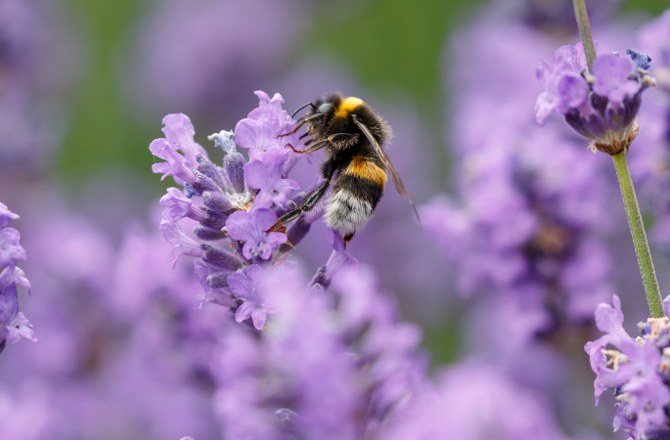
2. Provide Enough Space
You may need to dedicate between 5 and 10 percent of your garden to growing crops that attract pollinators. If you are running short on space, you can plant fruits and veggies that attract bees. Planting flowers with continuous or successive blooming cycles will ensure enough food for your diligent bees throughout the season. Grouping similar plants together will not only make the garden maintenance easier, but it will also facilitate the pollination process.
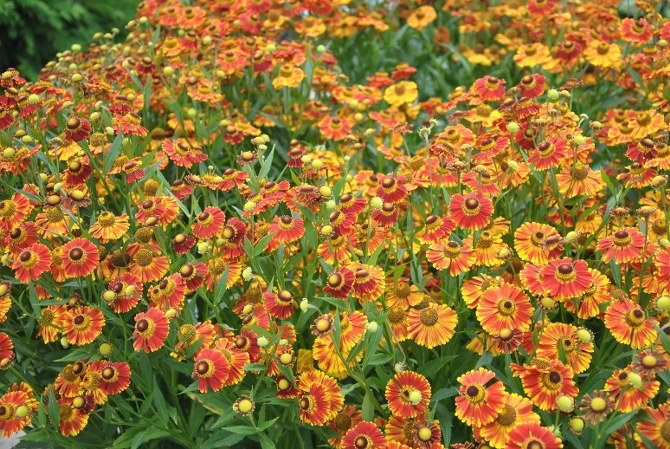
3. Bring in the Right Plants
Include a large diversity of local corps to accommodate more types of native bees. Flowers with long tubular blooms can be easily accessed by long-tongued bees, but will not be reached by shorter-tongued species such as Honey Bees.
Naturally native bees are attracted to native plants such as wildflowers, herbs, berries and a lot of flowering fruits and veggies. Plus, local buds and sprouts require minimal garden maintenance. The busy bugs love bright and scented flowers with tubular or flat tubes. You can consider planting:
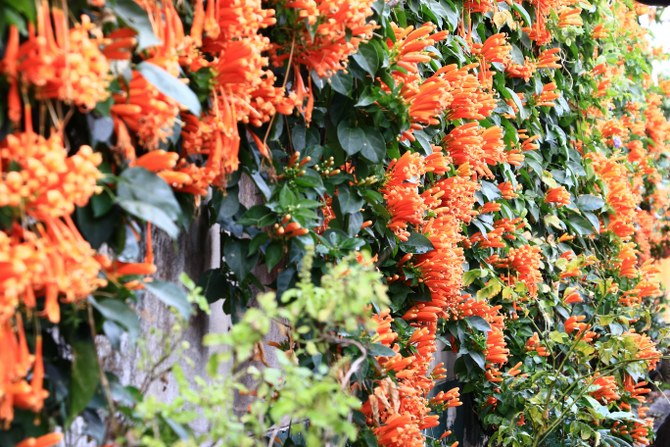
• Flowers - peony, bee balm, honeysuckle, cosmos, asters, black-eyed susans, sunflowers, tulips.
• Blooming herbs - lavender, oregano, chives, thyme, sage, basil, borage
• Fruits and veggies – berries, tomato, cucumber, winter squash, flowering broccoli, fruit trees
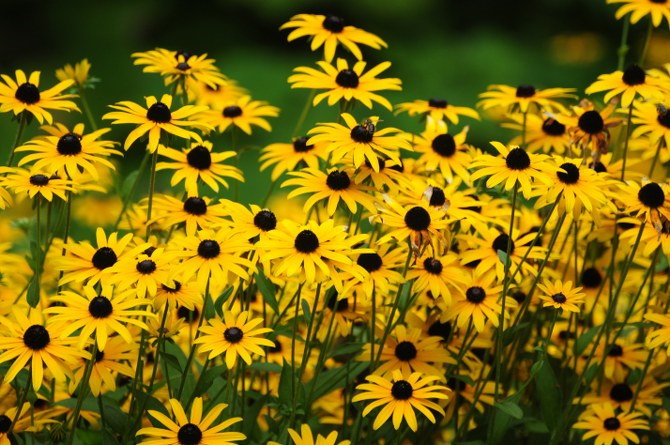
4. Include a Fresh Water Source
You don’t necessarily need a birdbath or waterfall, though it will look great in the garden. A dripping hose or the morning dew on the cabbage and broccoli leaves will do the job.
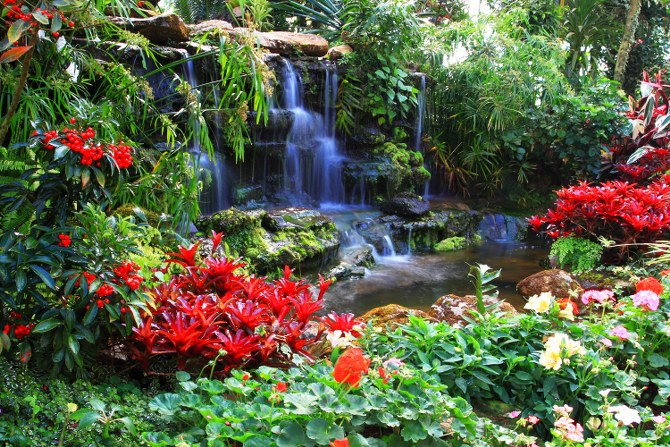
5. Practice Organic Gardening
Avoid using any chemicals in your garden or anywhere in your yard. Pesticides and herbicides are toxic for these vulnerable creatures and are one of the main culprits for the decline of bee populations. Instead, you can use organic gardening methods such as companion planting.
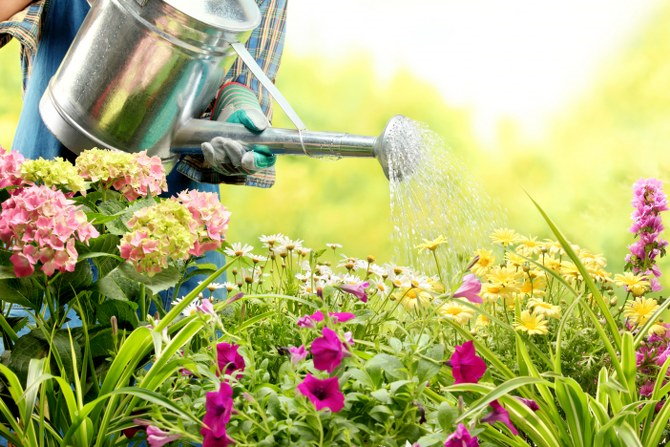
6. Leave Some Weeds
If you want to attract more bugs in your garden, you may need to loosen up the weed control. Flowering weeds such as clover, dandelion, milkweed and goldenrod are an important source of food for bees. Instead of pulling the unwanted plants, let them blossom in your garden. In this way, garden care will require less effort on your side.
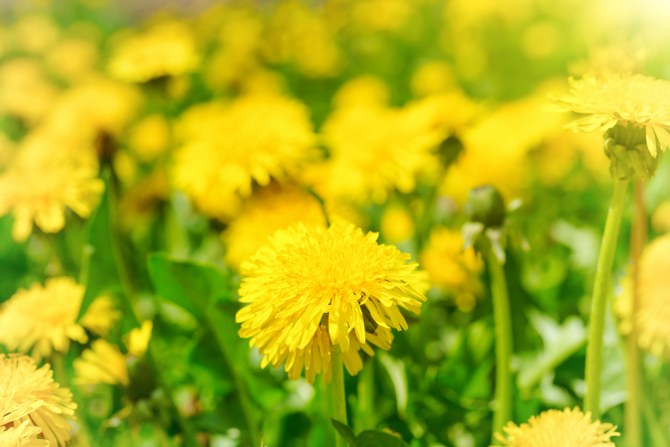
7. Create Bee Nesting Sites
In addition to food and fresh water, the bees also need a habitat. Most natives bees live solitary or in small colonies. Some bugs nest in the ground and require sunny areas with bare soil, while other types use the beetle tunnels, tree holes and pithy stems.
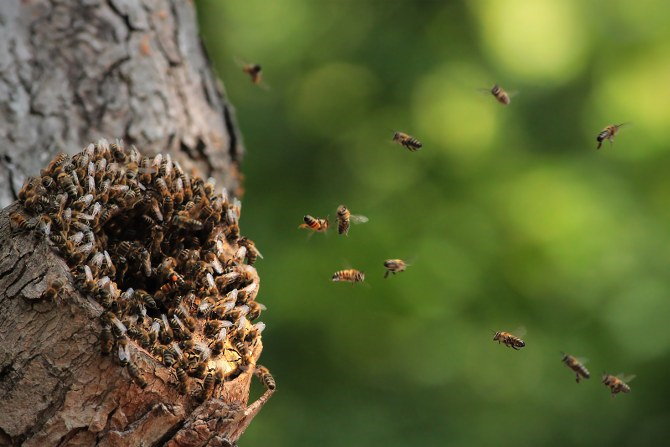
A combination of native bees and local plants will provide you with a bright garden brimming with flowers.




